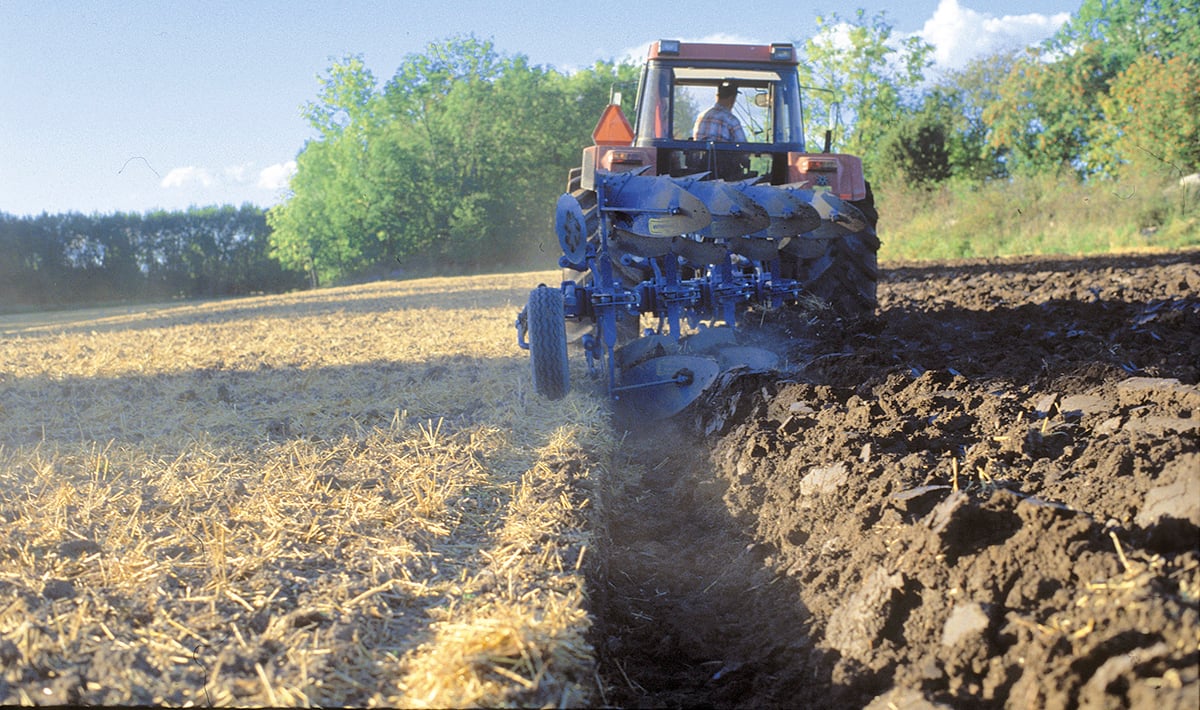Ploughing
The plough is an old implement but this does not mean that it is no longer being improved. The modern plough has shares that can cope with shallow or deep working depth, a toolbar that practically guarantees a straw-free surface and a control panel in the tractor cab that increases the capacity. Automatic and GPS-assisted on-land ploughs and specialist ploughs for shallow ploughing are also available on the market nowadays.
A common problem in ploughing is the creation of a plough pan (a compacted layer below ploughing depth). Ploughing depth should therefore be varied between years. If large amounts of straw are present there is a risk of a straw layer being created at the furrow base, a problem that can be rectified by a prior pass with a Carrier.



